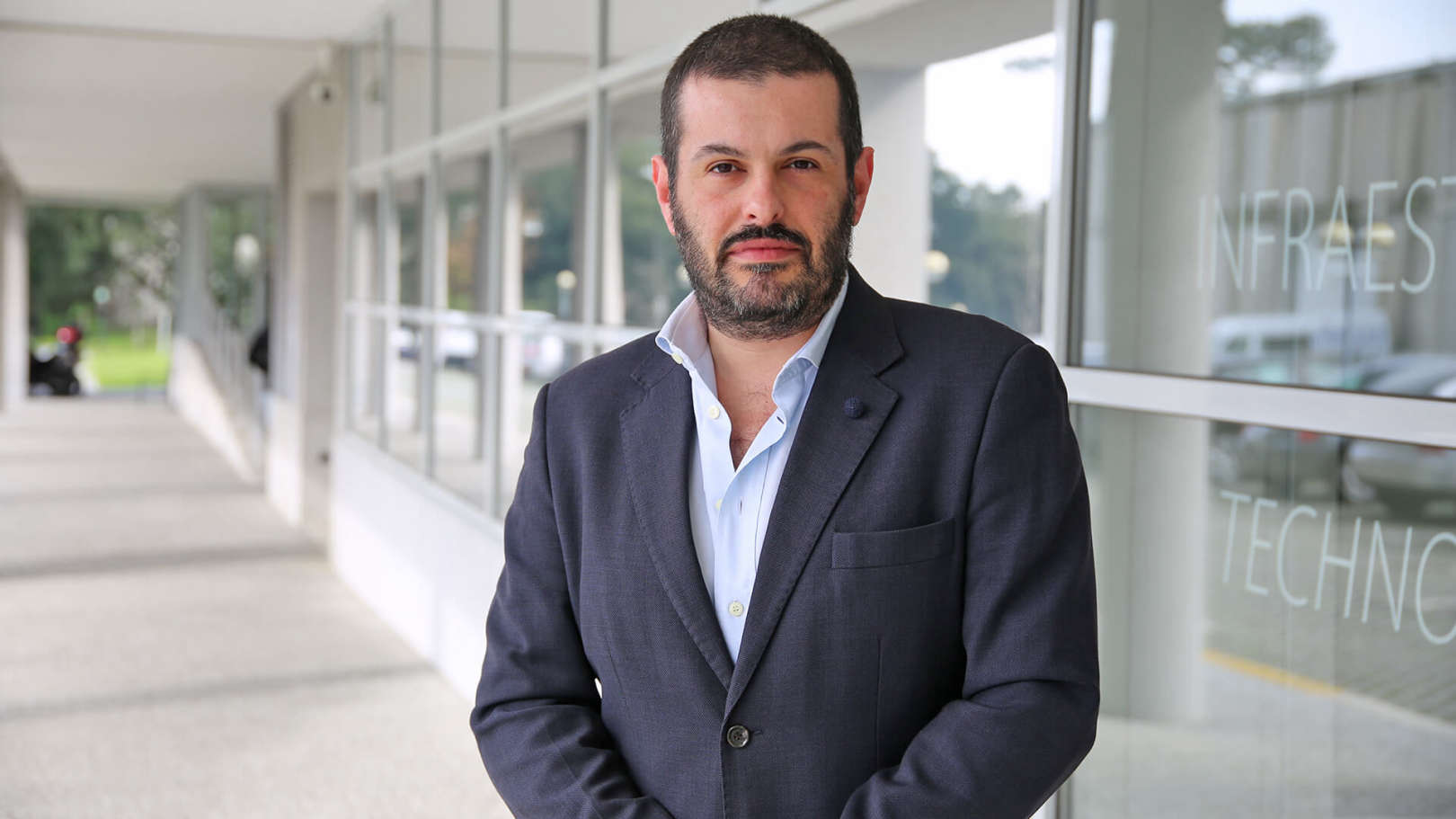Sobre
Sou investigador senior do Centro de Sistemas de Energia e membro do Conselho de Administração do INESC TEC. As minhas áreas de investigação são centradas na integração de recursos elétricos distribuídos (geração elétrica de base renovável, veículos elétricos, armazenamento, etc.) em redes de distribuição e transporte, análise dinâmica de sistemas elétricos e redes elétricas inteligentes.


